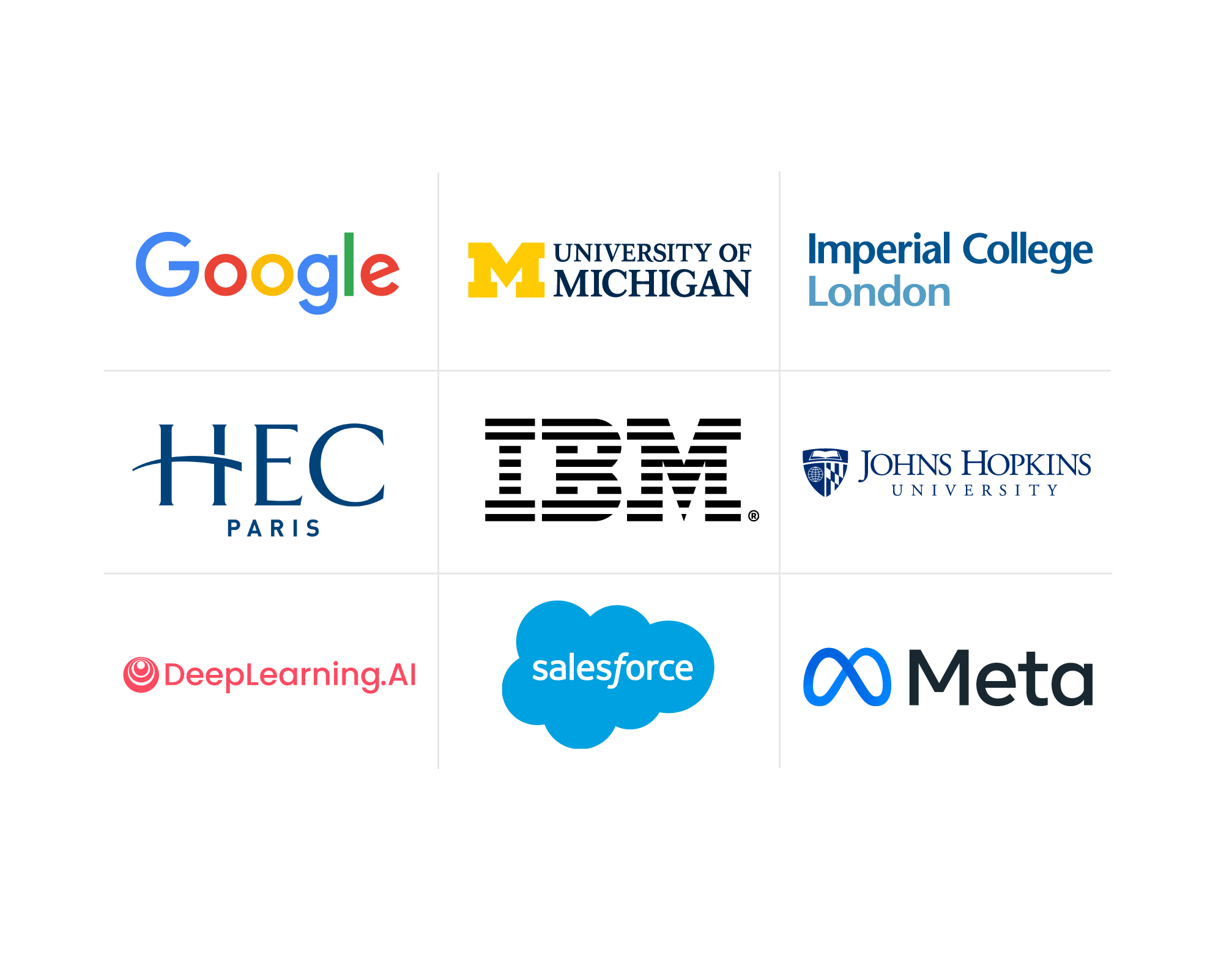Collaboration in the Workplace: Benefits and Strategies
Learn how collaboration benefits the workplace, key indicators of effective collaboration, and strategies to improve workplace collaboration.
![[Featued image] Coworkers collaborating on a proposal before a presentation](https://d3njjcbhbojbot.cloudfront.net/api/utilities/v1/imageproxy/https://images.ctfassets.net/2pudprfttvy6/1D168Ey1C04nZn9Sdjlwy1/5f8444a194dd044dccd74fc433d91430/Stocksy_txp70aa7bd6HGt200_Large_2874567.jpg?w=1500&h=680&q=60&fit=fill&f=faces&fm=jpg&fl=progressive&auto=format%2Ccompress&dpr=1&w=1000)
“Collaboration” is a popular buzzword used often in the professional world. Workplace collaboration involves people working together, but the benefits of collaboration extend far beyond helping achieve company goals. Understanding why collaboration in the workplace is so essential and learning how to promote a healthy collaborative environment is vital for business and employee success.
What does workplace collaboration look like?
Workplace collaboration can take on several forms. In some workplace environments, collaboration may look like individuals working independently to achieve their objectives, but checking in with managers or supervisors ensures they stay on track. In other workplaces, collaboration may look like colleagues discussing how to overcome an obstacle and brainstorming new solution ideas together.
It could also involve individuals at different organizations working together to discuss ideas and find ways for their organizations to work cohesively with one another. While employee collaboration between team members, stakeholders, or supervisors can look different depending on the people involved, each dynamic has its benefits for helping the workplace succeed.
Read more: Company Culture: Why It Matters
In an environment designed for collaboration, you’ll find pervasive elements of trust, honesty, positivity, and empathy within the workplace. Professionals should feel comfortable working with one another and openly communicating their perspectives.

Why collaboration improves the workplace
When collaboration occurs within the work environment, professionals can share their knowledge, skill set, and mindset with those around them. This diversity in perspective and ideas can spark creativity and motivation within the company.
Collaborative workplaces tend to be more productive and achieve more complex goals, which can increase performance metrics such as productivity or customer satisfaction. According to a Deloitte study, among employees who collaborate in the workplace, 73 percent do better work, and 60 percent are more innovative[1]. This substantial increase can be attributed to collaboration's power to reduce burnout, lower stress, and increase positive feelings toward the task.
According to Gallup, team collaboration within the workplace improves workplace success through two key points: First, professionals in an organization who know their skill set and strengths can form strong relationships with other professionals who complement their strengths. Secondly, these team dynamics can strongly influence business outcomes [2]. When workplace collaboration is encouraged, employees can maximize their strengths and work together to diversify their skill set through collaboration and help the company reach new goals.
What does effective collaboration look like?
Effective collaboration should empower everyone involved. Professionals should be able to share ideas, concerns, questions, and thoughts to spark conversation, form connections, and work toward their goals. The workplace environment should feel safe for open communication and interaction. In the modern workplace, effective collaboration may look like the following:
The company forms teams of employees to brainstorm new ideas to existing problems.
Company leadership holds question-and-answer sessions with employees to discuss and share thoughts.
Company leadership encourages employees with different skills to work together on workplace goals.
Each team meeting has a clear objective, and employees work together to meet the common goal.
Employees can add items to meeting agendas before the meeting begins.
Team members divide meeting responsibilities between team members rather than one individual.
Employers encourage employees to form positive relationships.
Major company decisions are made through collective discussion and action.
The company policies reflect the desire to support collaboration.
Teams are diverse and capitalize on employee strengths.
Company leadership encourages the importance of collaboration when onboarding and training new employees.
The company encourages regular small group sessions.
Effective collaboration makes company members feel they belong and have value within the company. This comes from a shared sense of community, connection within the organization, and camaraderie between employees as they work toward common goals.
Collaboration in remote vs. in-person environments
As many companies shift to hybrid or remote environments, company leadership may be concerned about how fewer in-person interactions affect collaboration. Face-to-face conversations, brainstorming sessions, and team-building exercises have been the norm for teamwork in the workplace. With effective leadership and design, collaboration in a remote or hybrid environment can also be successful.
To improve remote collaboration, consider implementing times for employees to have casual connections and conversations. These informal gatherings can happen through video conferencing environments such as Zoom. It provides time for one-on-one conversations without the stress and structure of a larger meeting. Another strategy is to continue hosting team bonding sessions over the internet. Playing games such as Bingo, Scattergories, or solving riddles over video calls can help create a casual and fun atmosphere for employees.
When creating a collaborative remote environment, it is vital to ensure teams have the environment required to work together effectively. Teams may work alone and then meet to discuss progress or work online simultaneously. These are asynchronous and synchronous collaboration styles. Working online together can provide additional communication channels to discuss concerns as they arrive. However, only working online may minimize the flexibility and benefits of having a remote or hybrid work environment.
Several meeting structures can encourage relationships while allowing employees to maintain autonomy. In addition to virtual meetings, having in-person events occasionally to help employees “put faces to names” and build connections outside of remote environments can keep relationships strong and foster more personal collaborations.
Strategies to increase workplace collaboration
To increase workplace collaboration, focus on creating an environment of trust and open communication to encourage beneficial interactions and relationship building. Doing so requires setting clear boundaries and working from the top down to design a positive environment. To create this type of workplace, consider implementing the following strategies:
Demonstrate collaboration in leadership positions.
Keep consistent communication through online platforms.
Have several types of meeting structures to connect remote or hybrid employees
Encourage employees to push outside their comfort zone by treating mistakes like opportunities to learn and improve.
Host networking events and company bonding experiences
Celebrate the strengths of individuals.
Create a culture of sharing knowledge and resources.
Next steps
Continue building your collaboration skills through courses on Coursera designed to expand your workplace success. Start by taking courses such as High Performance Collaboration: Leadership, Teamwork, and Negotiation from Northwestern University or People Analytics, which talks about the basics of collaboration, from the University of Pennsylvania.
Article sources
Deloitte. “Delivering on the promise of Digital Collaboration.” Accessed October 19, 2023.
This content has been made available for informational purposes only. Learners are advised to conduct additional research to ensure that courses and other credentials pursued meet their personal, professional, and financial goals.


